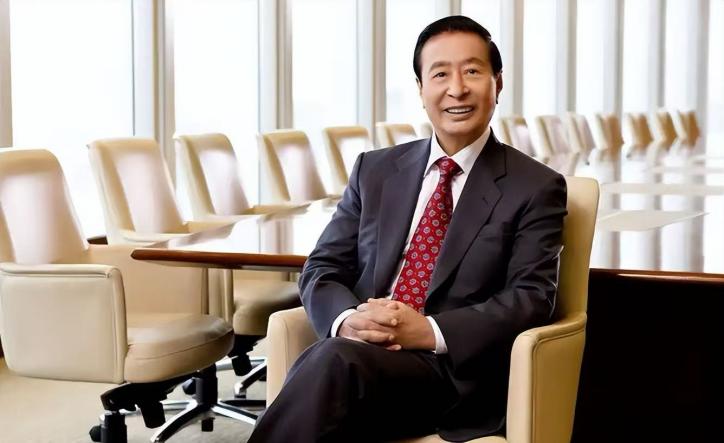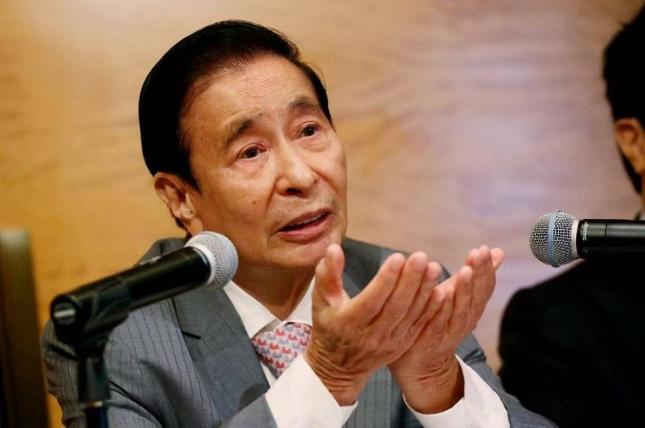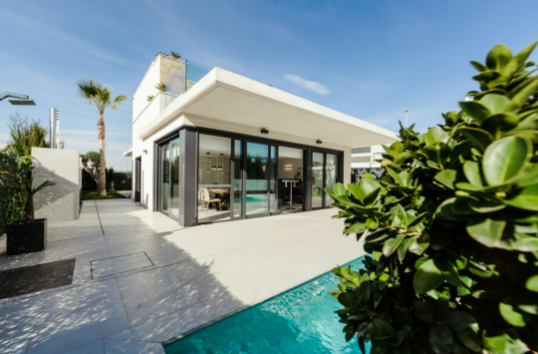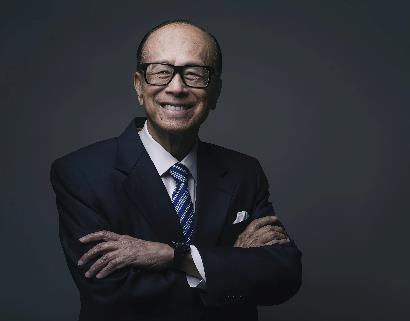Within the global real estate pantheon, Lee Shau Kee, founder of Henderson Land Development, stands as a paragon of strategic acumen and enduring success. Though often juxtaposed with contemporaries, his career embodies a unique blend of long-term vision, market resilience, and innovative adaptability that have shaped Hong Kong’s urban and financial landscapes for decades.
Genesis of a Tycoon: From Commodities to Core Assets

Lee’s early foray into gold trading and currency markets in the 1940s served as a crucible for his understanding of economic volatility. These experiences ingrained a profound appreciation for tangible asset stability, a principle that would later dictate his real estate philosophy. Transitioning from plastics manufacturing and export trade in the 1950s, he laid the groundwork for his property empire by founding Wing Yip Company in 1958, marking his initial foray into Hong Kong’s burgeoning real estate sector.
Innovating Homeownership: The Installment Revolution
A defining moment came in 1963 with the co-founding of Sun Hung Kai Enterprises, where Lee introduced a pioneering sales model: “graduated payment plans spanning ten years”. This innovation democratized access to property by reducing upfront costs, exemplified by the rapid sellout of the Prince Edward Road development. By aligning affordability with market demand, he not only spurred residential growth but also established a template for sustainable cash flow—a strategy that would underpin Henderson’s future expansions.
Mastering Market Cycles: The Art of Contrarian Investment
Lee’s reputation as a counter-cyclical strategist was forged during crises. While others retreated during the 1973 oil shock and 1997 Asian financial turmoil, he aggressively acquired prime land holdings at depressed valuations. Notable moves included securing “Category B land exchange rights” in the 1970s and the International Finance Centre Phase II in Central following the 1997 downturn. By 2004, Henderson boasted Hong Kong’s largest private land reserve, with projects like Sha Tin’s City One delivering returns surpassing 1,000% through patient hold strategies.
Diversified Excellence: Beyond Property to Financial Stewardship

Lee’s prowess extended to cross-sector investments, evident in the 2004 launch of Sino Capital Management with a HK$5 billion corpus. His “1-to-8 investment doctrine”—focusing on high-conviction bets in state-owned enterprises such as China Netcom—generated HK$12 billion in three years, earning him comparisons to Warren Buffett. This dual competency—real estate as a stability anchor and equities as a growth driver—created a synergistic ecosystem that mitigated risks and amplified returns.
Risk Management: The Discipline of Balance
A hallmark of Lee’s empire was prudent financial discipline. Henderson maintained a net debt ratio below 22% and a financing cost of just 2.33%, far below industry norms. Diversification into utilities (Hong Kong and China Gas) and hospitality (Miramar Hotel Group) created recession-resistant income streams. Post-2015, his proactive reduction in exposure to China’s secondary markets demonstrated foresight, sidestepping the debt crises that later impacted peers.
Legacy and Philanthropy: A Vision Beyond Profit
In his later years, Lee channeled focus into philanthropic initiatives, committing over HK$5 billion to education (Tsinghua University’s Lee Shau Kee Academic Building) and disaster relief (2008 Wenchuan earthquake aid). His “Four Pillars of Prosperity”—hard work, delayed gratification, capital accumulation, and sector specialization—remain a blueprint for aspiring investors. The seamless succession to his sons, Martin and Peter Lee, in 2019 underscored his emphasis on institutional continuity.

Conclusion: A Blueprint for Enduring Success
Lee Shau Kee’s journey is a testament to strategic patience, innovative disruption, and adaptive resilience. His ability to navigate economic tides, innovate within sectors, and balance risk with opportunity sets a global standard for entrepreneurial excellence. In an era of speculative fervor, his career reminds us that lasting wealth is built not by chasing market trends, but by mastering fundamental principles: understand cycles, prioritize value, and invest in legacy.
“True investment wisdom lies in seeing what others cannot—both in opportunity and in risk,” Lee once noted—a mantra that has defined his legacy as more than a tycoon, but a steward of enduring value.





